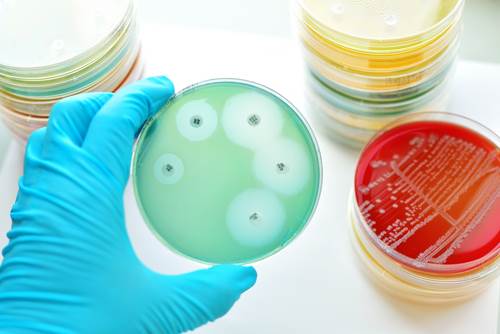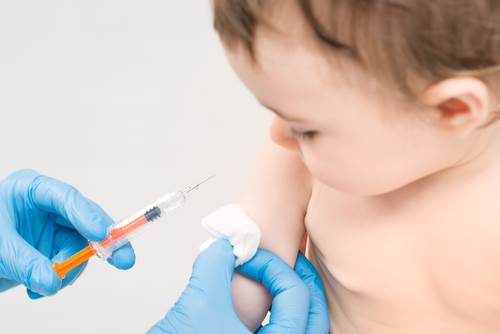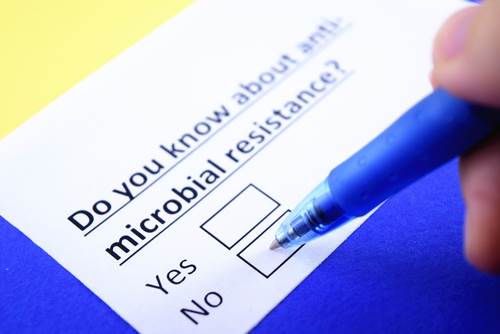National Safety Month and Laboratory Safety
Observed annually in June, National Safety Month focuses on reducing leading causes of injury and death at work, on the road, and in homes and communities. The National Safety Council provides downloadable resources highlighting a different safety topic for each week in June. Topics for 2019 are Hazard Recognition, Slips, Trips and Falls, Fatigue, and Impairment. NSC remains focused on saving lives and preventing injuries, including raising public awareness of the opioid epidemic, helping to reduce motor vehicle crashes, and improving safety practices in workplaces across the country.
Read More









